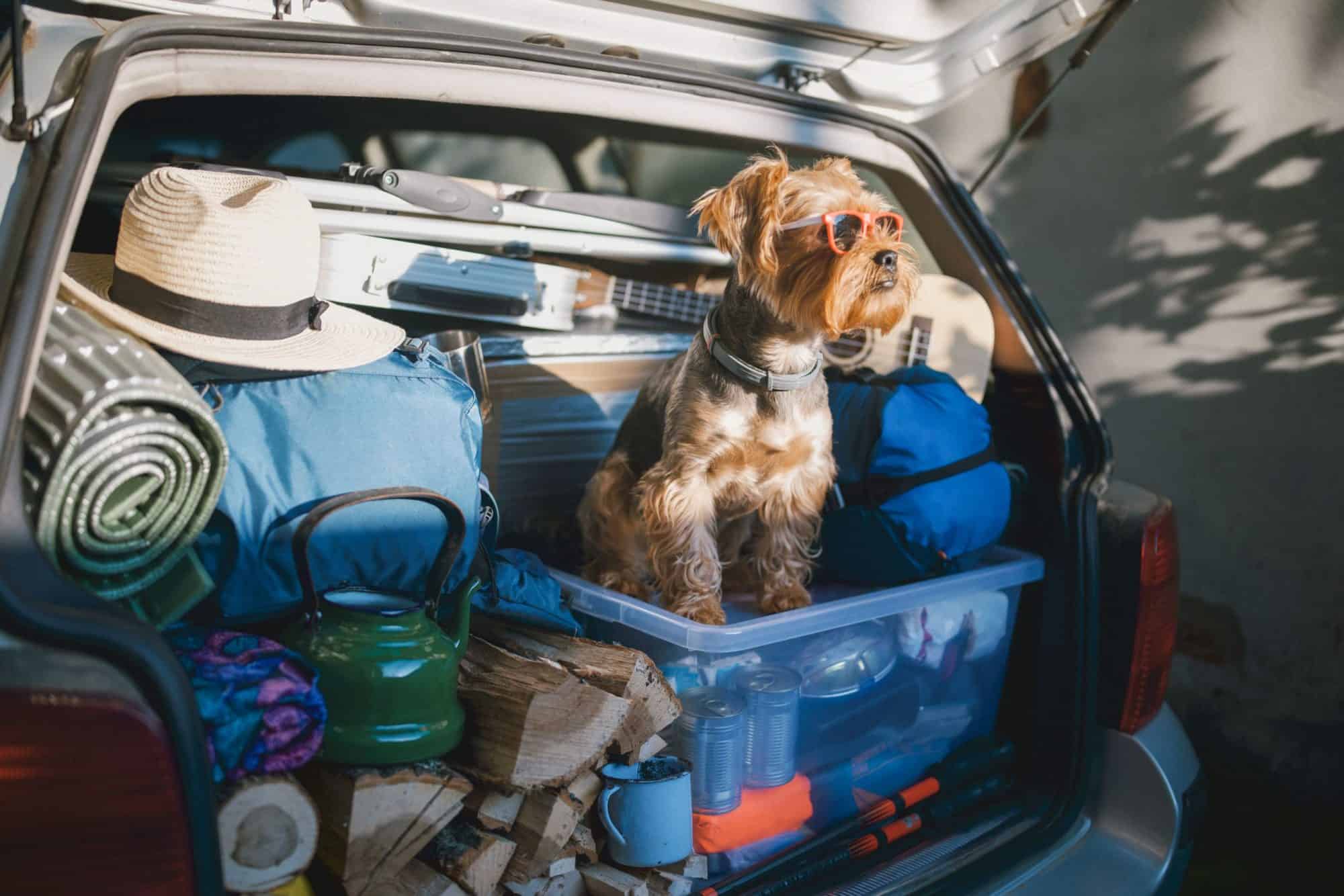Pet Travel Safety

Your pet is likely an integral part of your family. If you are heading somewhere for a trip or vacation it often seems only natural to bring them along. There are plenty of considerations for planning and pet safety for travel, though. Lucky for you, Mobile Vet M.D. is kind of an expert when it comes to animals on the go.
Considerations for Traveling With a Pet
While it may be tempting to just grab Fluffy or Fido and go, travel isn’t always the best option for every situation. When considering traveling with a dog or cat, think about:
- Where you are going and how long you will stay
- Whether your destination is pet friendly or not
- How you will travel and how that affects your pet
- How much time you will be spending with your pet
- How your pet adjusts to new environments including strange people or other animals
- How your pet does during travel
If your dog has never been in the car longer than to drive to the park, packing them up for an 18-hour road trip without any preparation may not be the best choice. Likewise, a cat that gets stressed and yowls in their carrier may not make the best underseat carry-on item.
Pet Safety and Planning Tips for Travel
If, after thinking it through, bringing your pet somewhere still seems like the best option for your family, you want to be sure to do it right! Traveling with a cat or dog is doable as long as you are prepared.
Get a Check Up
Before traveling all pets should have a check up to be sure that there are no health concerns before heading out on the road. If your pet is crossing state lines, getting on an airplane, or leaving the country, it is also likely that they will need a pet health certificate to be issued within 10 days of travel. Contact us to schedule.
Pack Up
Traveling with pets is a little like traveling with small children. Making a list of things you might or will need and checking it twice is essential for success. Bringing food, toys, bedding, and medications will help your pet stay comfortable and stress-free. Abrupt changes in food or even water can lead to tummy upset, so bring along supplies from home. A pet first-aid kit is always a good thing to have on hand as well.
Get Your Pet Acclimated
Make sure that your pet is used to traveling the way that you will be doing so. This might mean getting your pup used to longer rides in the car, teaching your cat to like their pet carrier, making sure that your dog is used to riding in a crate or safety harness, or practicing spending time in an airline-approved carrier.
Supplements Are Your Friend
During travel pets may experience anxiety and/or motion sickness. Your practice runs should give you an idea as to whether this might be the case for your pet. Our staff is happy to discuss medication options with you. Keep in mind sedation is often not a safe option for airline travel or for certain at-risk pets. Training your pet and getting them used to travel is key to success.
Do Your Research
Knowing what you are getting into is key. Taking your pet outside of the United States is not always a simple process, for example. Different countries have different requirements for entry, and it can take several months to be able to meet them. You should also understand what, if any, unique health risks there may be for pets at your destination and how to protect your furry family.
Have a Plan
Thinking ahead will ensure a good trip for you and your pet. How often will you stop? Are there places to let your dog out along the way? What pet-friendly hotel options are there? Where would you go for veterinary care in an emergency. It’s always a good idea to bring along a copy of your pet’s medical records.
As you head out into the world with your four-legged friend, having a plan for pet safety during travel is a good thing. Mobile Vet M.D. wishes you nothing but happy t(r)ails ahead!
